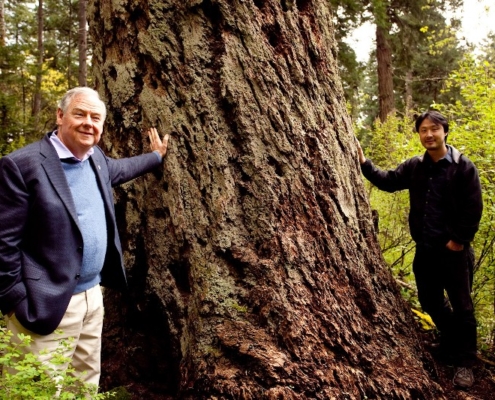
Ancient Forest Alliance pushes parties to protect old growth
The Ancient Forest Alliance is taking provincial political parties to task this election in terms of committing to preserve B.C.’s remaining old growth forests.

A provincial NDP government would kill Pacific Carbon Trust
The Climate Action Secretariat would take over from the trust, with carbon-tax revenues used to fund transit and other green projects, he said. Levies paid by hospitals, Crown corporations and post-secondary schools would fund energy-efficiency upgrades for those institutions.
5 Canadians to salute on Earth Day
Avatar Grove on Vancouver Island is a protected forest of towering trees that have survived on the planet for centuries, and in some cases millennia. TJ Watt of the Ancient Forest Alliance has been integral in promoting sustainable practices that will ensure Avatar Grove’s existence. An activist and photographer, Watt has so far managed to help preserve 59 hectares of forest near Port Renfrew from logging.

Earth Day forms backdrop to B.C. election campaign
“We need the NDP to commit to a science-based plan to fully protect BC’s endangered old-growth forests on Crown lands, to ensure sustainable second-growth forestry, and to commit to a B.C. park acquisition fund to purchase and protect endangered ecosystems on private lands.”
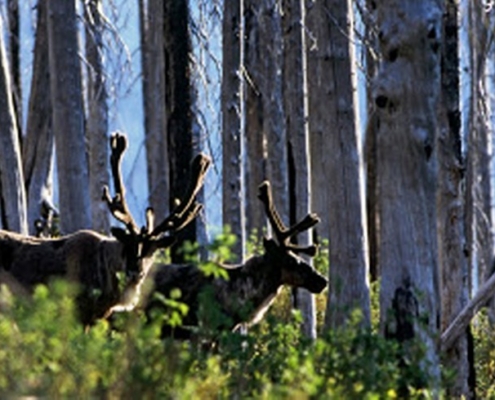
Caribou count may be lowest ever
“We’re watching the demise of something comparable to the decline of the buffalo on the prairies.”

NDP’s forestry-policy plank sparks partisan ire, disappoints ecologists
New Democrat Leader Adrian Dix has released a multimillion dollar election plan that he believes will help grow and improve B.C.'s forest industry, but critics say the proposal makes promises that will be hard to keep.
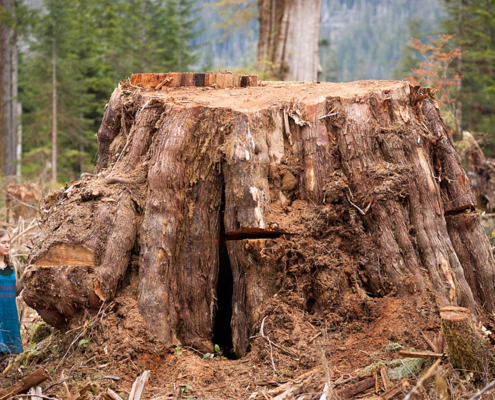
NDP forest plan ‘minor deviation from unsustainable status quo’: critic
The New Democratic Party's forestry platform released this morning is a major disappointment, said Ken Wu, the executive director of the Ancient Forest Alliance environmental group. "I'm just looking at this with rage here," he said in an interview. "This is a minor deviation from the unsustainable status quo."
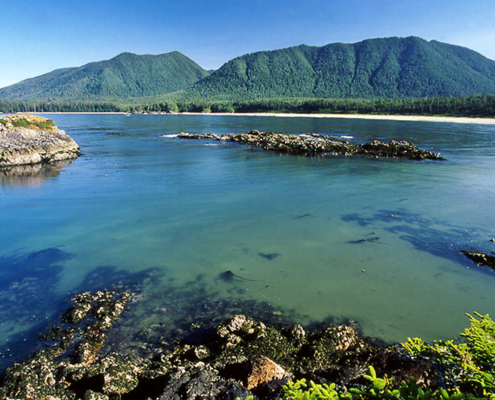
Comment: 1993’s Clayoquot Summer was a game-changer
The Clayoquot land-use decision of April 13, 1993, sparked a mass protest that put Clayoquot Sound’s ancient temperate rainforests on the international map. Over a period of six months, the region became an icon for an environmental awakening.
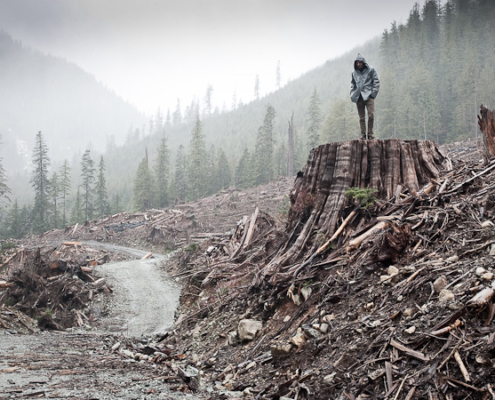
Ancient Forest Alliance calls for science-based forest plan
The proposed Old-Growth Protection Act was produced by the clinic at the request of the Ancient Forest Alliance. The group’s executive director, Ken Wu, hopes it will spur the government to action.
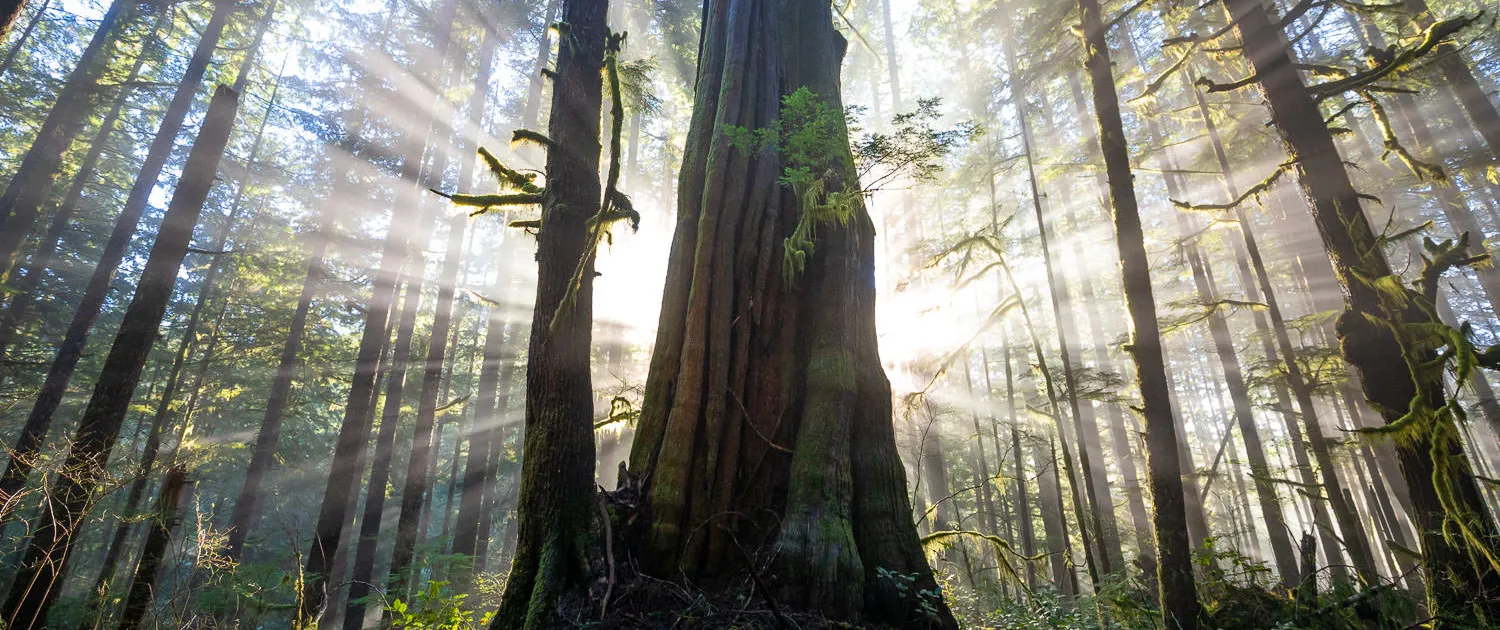
CTV – Environmental Law Centre Proposes BC Old-Growth Act
The Environmental Law Centre of the University of Victoria is proposing a science-based Old Growth Protection Act for British Columbia with timelines to immediately protect critically endangered old-growth forests and to quickly phase out old growth logging in highly endangered forests.
